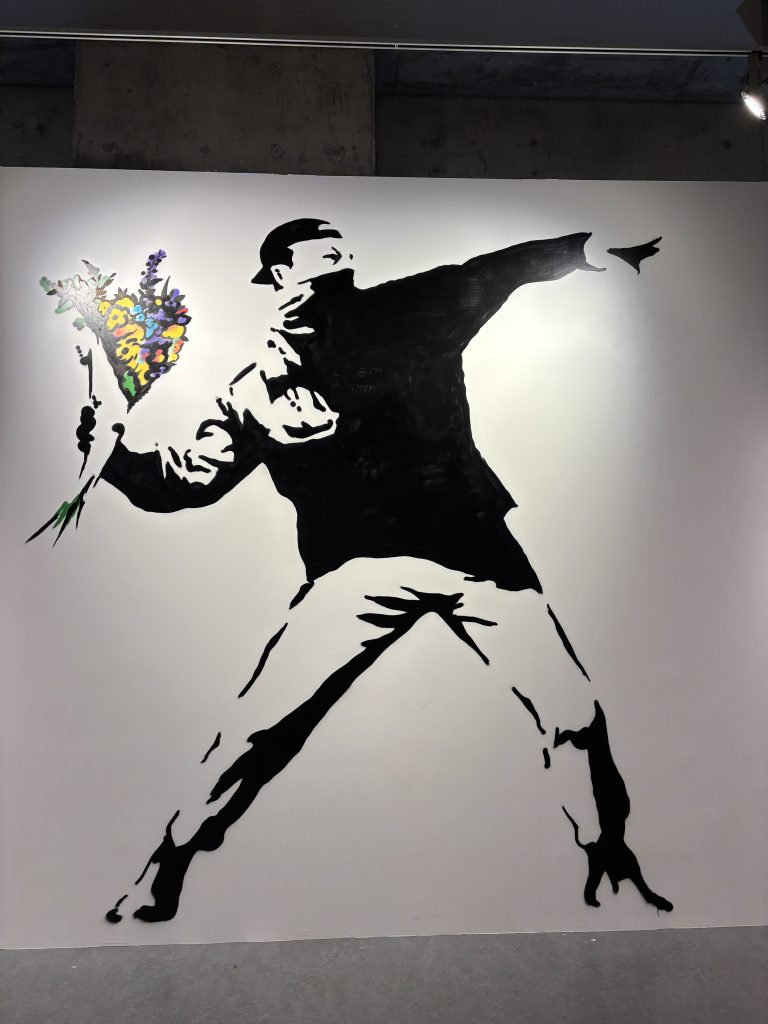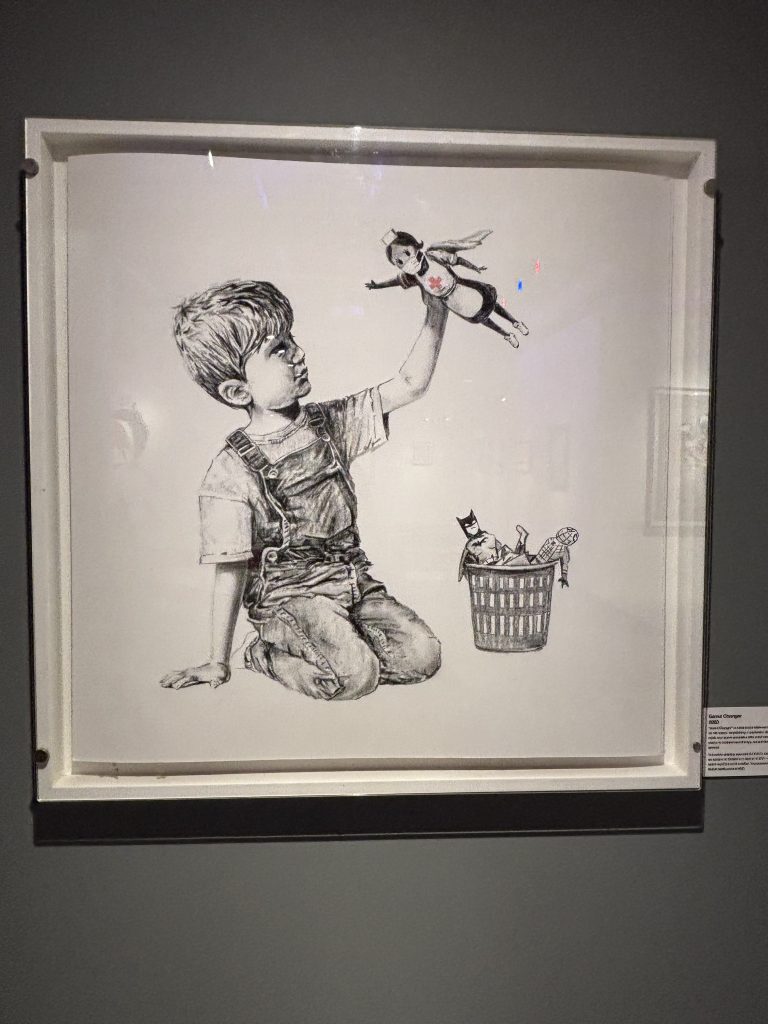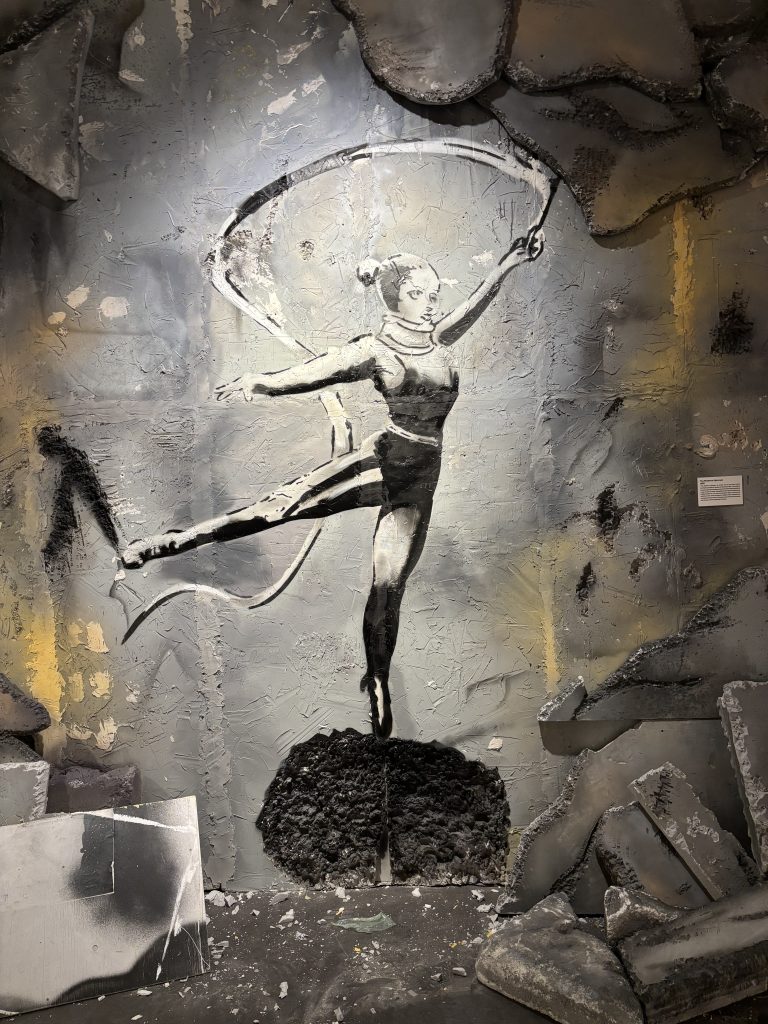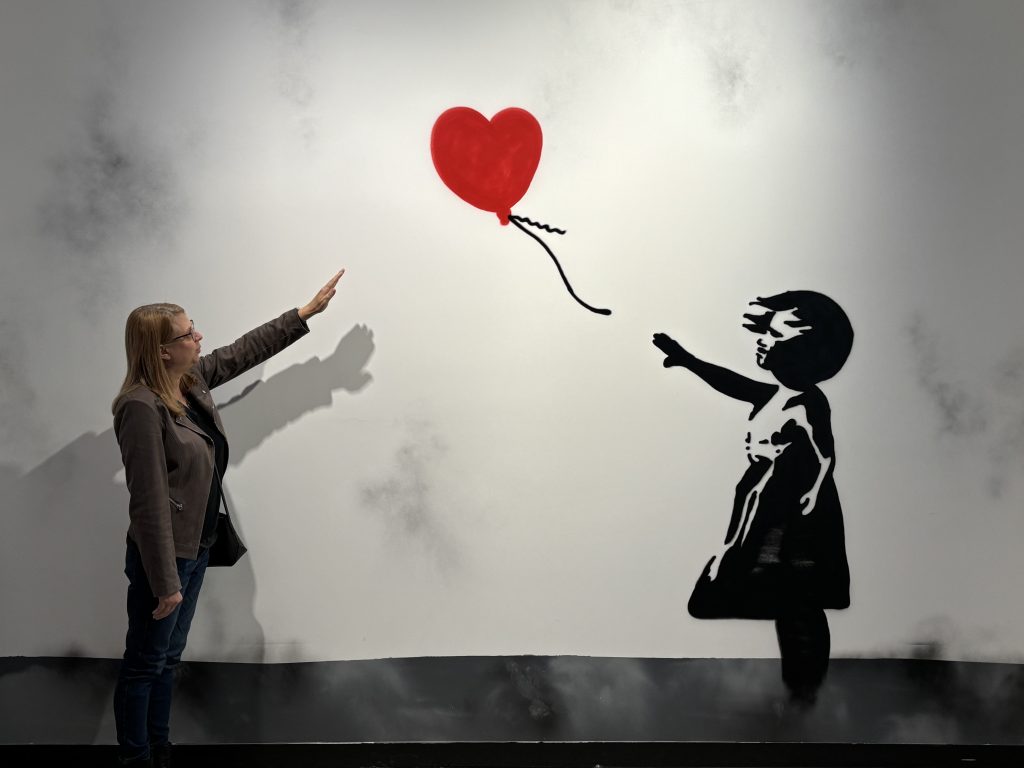Shortly before the strike, my niece who is currently in grade 12, voiced her concern about the pending strike. I explained that it was going to happen and that it needed to happen. But I also reassured her: “It won’t last long. Teachers don’t want to go on strike. The government doesn’t want teachers to strike. They’ll come to a deal.”
Here we are three weeks later. Not only has a deal not been reached but the government is forcing teachers back to work and they’re doing so unconstitutionally. They plan to push through an order which, if passed, will limit the time allotted for debate, suppressing voices while hurtling through back-to-work legislation within a day.
Teachers began this strike fighting for their students and themselves. Fighting for class sizes that make learning effective for students and manageable for teachers. Fighting for fair wages for a vital vocation that can be draining at the best of times. Fighting to put a stop to years of underfunding in education. This fight has somehow become even more critical: it is now a fight for democracy.
The word democracy literally means “rule by the people.” The people are speaking. And yet, Danielle is choosing to ignore the loud, resounding voices outside the windows of “our house” and throughout the province. Her motives are clear: she wants to destroy publicly funded institutions. Every day, she sounds more and more like an orange neighbour. Every day, she deflects and spews and spins the facts.
Last week, I stood among the thousands, moved by the passion and determination in the crowd. I was amused and impressed by the powerful signs around me.
- “What we want, smaller classes. What we got, license plates.”
- “Maximum 40 is a speed limit not a class size.”
- “Breaking News! Connor McDavid reveals why he finally signed with the Oilers: a free COVID shot was added to the contract.”
- “When Jesus said ‘Let the children come to me,’ he didn’t mean 35 in a class with no EAs.”
- “Inclusion without supports is neglect.”
- “If I taught my class in a pipeline, would you fund them properly, Danielle?”
- “The UCP Cookbook: Mashed Budgets, Half-Baked Policies, A Raw Deal for Kids”
- “It’s so bad even the introverts are here. Stepping out of my comfort zone for what matters most: MY STUDENTS.”
- “I’d rather be teaching.”
- “Alexa, Change the Premier”
Teachers, the next few days and weeks are going to be hard. As a teacher myself, I understand the sacrifices you are making and the reasons behind them. Nelson Mandela once said, “Education is the most powerful weapon which you can use to change the world.” We know this. (In fact, so does Danielle.)
Continue to speak up. Continue to fight. And remember, you are not fighting alone.





